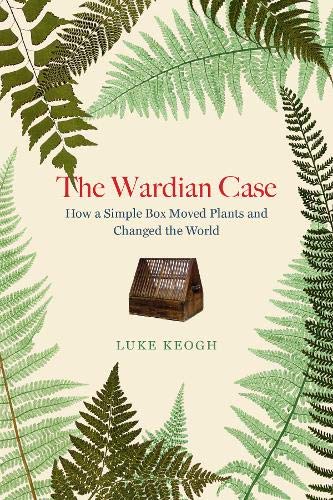Luke Keogh discusses the invention of the Wardian Case and the revolution in the movement of plants that it engendered

On Monday, September 28th, Luke Keogh, Senior Curator at the National Wool Museum (Australia), presented his book The Wardian Case: How a Simple Box Moved Plants and Changed the World (University of Chicago Press, 2020) in our Greenhouse online environmental humanities book talk series.
In our technologically advanced and globalized contemporary world, it is easy to forget that not long ago it was extremely difficult to transfer plants from place to place, as they often died from mishandling, cold weather, and ocean salt spray. In this first book on the Wardian case, Luke Keogh leads us across centuries and seas to show that Ward’s invention spurred a revolution in the movement of plants—and that many of the repercussions of that revolution are still with us, from new industries to invasive plant species. From the early days of rubber, banana, tea, and cinchona cultivation—the last used in the production of the malaria drug quinine—to the collecting of beautiful and exotic flora like orchids in the first great greenhouses of the United States Botanic Garden in Washington, DC, and England’s Royal Botanic Gardens, Kew, the Wardian case transformed the world’s plant communities, fueled the commercial nursery trade and late nineteenth-century imperialism, and forever altered the global environment.